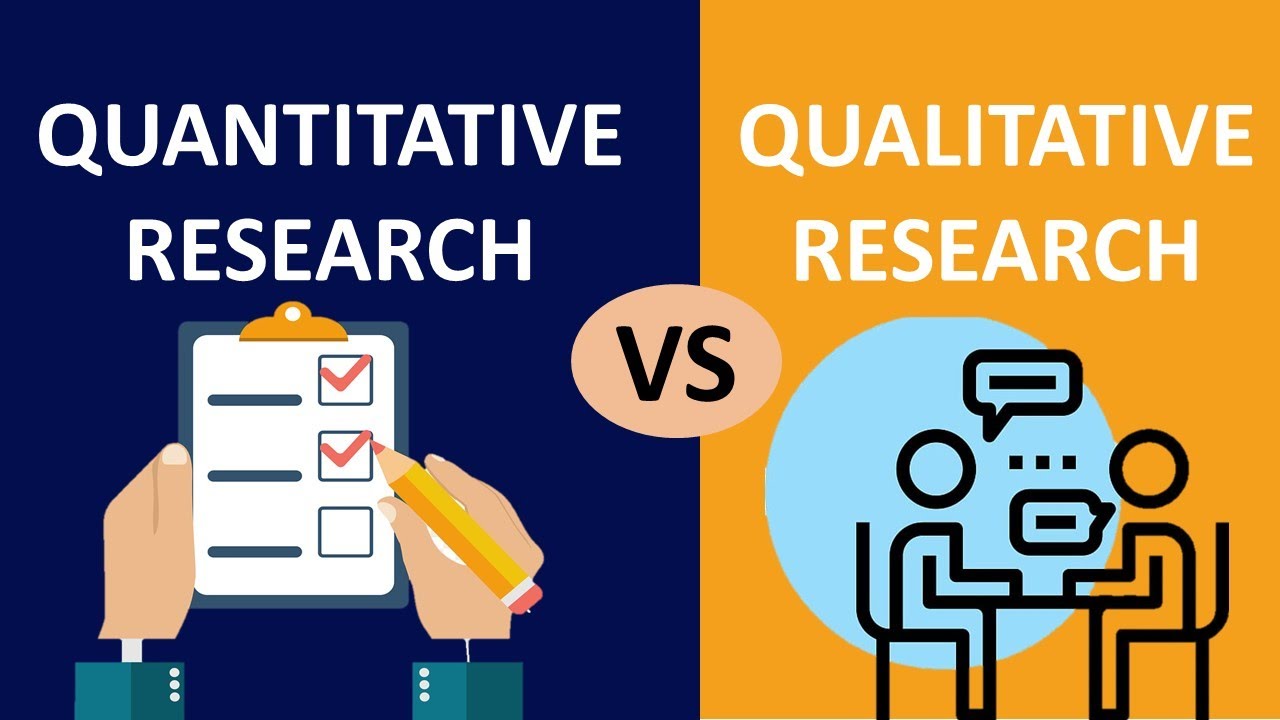
Once involved in research, it is important to differentiate between qualitative and quantitative data. The distinction might seem obvious in that qualitative relates to quality and quantitative to quantity. However, there are far more elements to consider when attempting to distinguish between qualitative and quantitative research.
Distinctive Features of Qualitative Research
Qualitative research basically uses words to explain the research results and aims at analysing concepts and ideas or even evaluate a process by unravelling the opinions, motivations, and reasons underpinning certain behaviours. Qualitative research seeks to find trends or propose new theories by analysing a broad and balanced range of relevant perspectives and developing existing scholarship to offer original contributions of knowledge to the field. Consequently, this research mode adopts structured and semi-structured data collection tools. that are used over a small number of participants i to collect a profound understanding of the situation. Some of the most common data collection tools include interviews, observations, discussions, and narratives.
Distinctive Features of Quantitative Research
Quantitative research relies heavily on numbers and statistics to reach a conclusion or demonstrate a trend. In other words, it quantifies ideas, opinions, and behaviours by transforming the results into statistical figures. The aim of this mode of research is to reach generalizable results about a certain issue or topic. The data collection tools are basically structured. Surveys are the most adopted data collection method as they are transferrable and could be used in hard and soft forms. Other data collection tools include closed questions, structured interviews, systematic observations, and polls.
Qualitative or Quantitative?
Choosing the most suitable mode of research for a study usually depends on what the intentions and objectives of the research. If the research aims to synthesise existing theories and scholarship to come to novel conclusion or to produce a new perspective, then you might adopt a qualitative approach. If the research seeks to understand certain behaviour, for instance, then it would be necessary to collect the relevant data through qualitative research. However, in some cases, the research is conducted with the aim of understanding contradictions between quantitative results and qualitative findings, or it aims to find strong evidence and enhance the reliability of the results. In such cases, researchers would most probably adopt mixed-mode research, where both qualitative and quantitative data collection tools are used.

